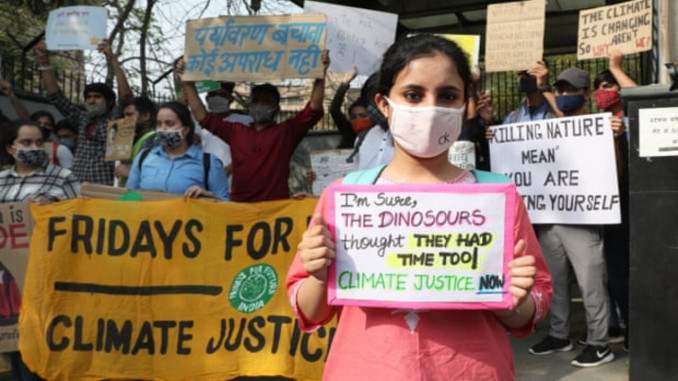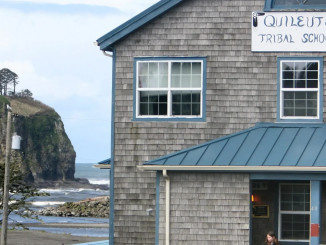
Last Friday, young people took to the streets for the first global Fridays for Future climate strike of 2021. Protesters marched all over the world, with actions in over 1,800 cities and towns. Everywhere the demand was the same: take the climate crisis seriously!
This movement started in 2018, when Greta Thunberg began a school strike for the climate. She sat outside the Swedish parliament every school day, demanding they take action on the climate crisis. At first she was alone, but soon she was joined by other young people with the same fear: what future will we have if climate change is not stopped?
This sparked a global awakening. Young people all across the world took notice – some who were already concerned, and others who were made aware just how much the climate issue impacts their life. And now they all saw a way they, too, could do something about it: by joining together! The first global climate strike erupted in March 2019, where a million people joined in demonstrations. In September 2019, a whole week of actions brought up to seven million people into the streets.
Fast forward to today, and we’ve now seen the eighth Fridays for Future climate strike. With hashtags like #uprootthesystm, youth activists are making serious demands. After all, as their website states, they’re protesting for “a future where people and planet are prioritized.” They’re also recognizing that the “climate crisis does not exist in a vacuum. Other socio-economic crises… amplify the climate crisis and vice versa.” And for this reason, “our different struggles and liberations are connected and tied to each other.”
Most importantly, these youth activists are realizing that it is only by mobilizing and fighting back that any changes will be made. As Greta Thunberg told a crowd of more than 100,000 people on Friday, “no political party” is doing enough. It is united action that will save us, not the politicians.




